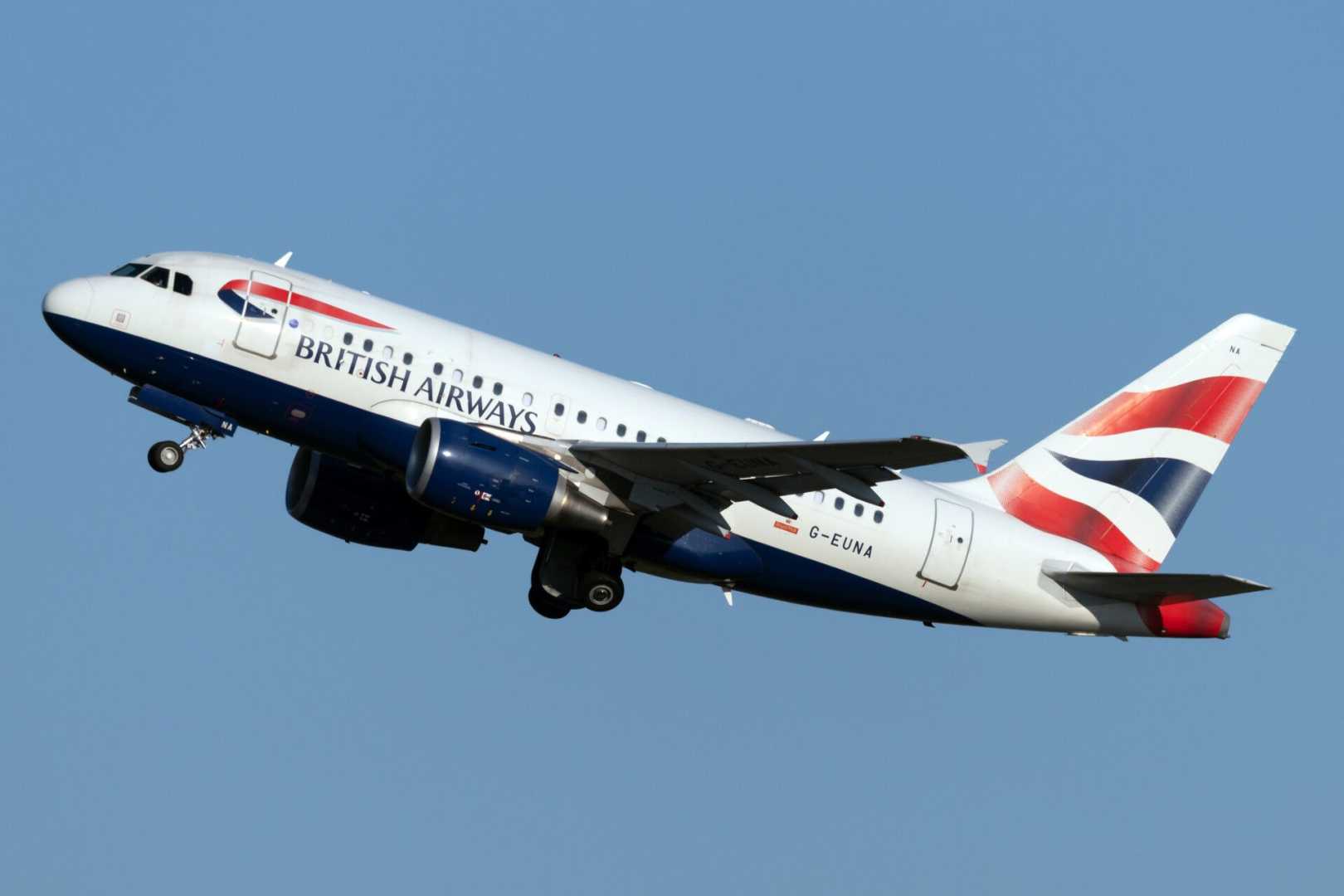News
British Airways’ Historic A318 Service Across the Atlantic

Recently, airlines have increasingly been deploying more narrowbody aircraft on long-haul flights across the Atlantic Ocean. With the Airbus A321XLR approaching its entry into scheduled operations, the trend of using smaller aircraft for transatlantic travel is on the rise.
Before these innovations, however, British Airways made headlines by sending its smallest mainline aircraft, the Airbus A318, across the Atlantic to New York. This unique service, initiated over a decade ago and concluded due to the COVID-19 pandemic, provided a special experience for business travelers.
Following the retirement of Concorde, British Airways identified a gap in its network. The Concorde had catered to time-conscious business travelers frequently traveling between London and New York, two of the world’s largest financial centers. Despite its popularity, the Concorde faced operational challenges, such as limited flight routes due to the sonic boom it produced and its high fuel consumption, using two tons of fuel just for taxiing and 32.5 liters per second upon takeoff.
This led to airlines, like TWA, opting for more efficient twinjets such as Boeing 767s starting in 1984. Since Concorde was expensive to operate, rising costs and reduced demand, especially after the 9/11 attacks, led British Airways to retire the aircraft on October 24, 2023.
Although retiring the Concorde was practical, it left high-paying business travelers without a fast, convenient option for transatlantic travel. To address this, British Airways reused the “BA1” callsign for a new service departing from London City Airport, which is centrally located compared to Heathrow or Gatwick.
The new BA1 service utilized the Airbus A318, the largest aircraft certified for the steep approach of London City Airport, despite being the smallest in British Airways’ fleet. Configured for 32 business class passengers, the flight offered a premium experience, allowing travelers to bypass the longer commute to other London airports.
The A318, not designed for long-range flights, required a stopover in Shannon, Ireland, on westbound flights to New York for refueling and U.S. customs clearance. This stop enabled passengers to arrive in New York as though they were on a domestic flight, saving time after landing at John F. Kennedy International Airport.
However, declining business travel demand during the pandemic and the costly nature of operating the service led British Airways to suspend the route. Prior to this, challenges like New York’s congested airspace, slot restrictions at JFK, and the limited passenger capacity of the A318 made the service difficult to sustain. Additionally, the steep approach requirements at London City Airport further constrained aircraft options for British Airways.
Despite its operational challenges, British Airways’ transatlantic A318 service remains a noteworthy chapter in aviation history, providing an exclusive experience for business travelers, who must now revert to using larger airports for transatlantic flights.












